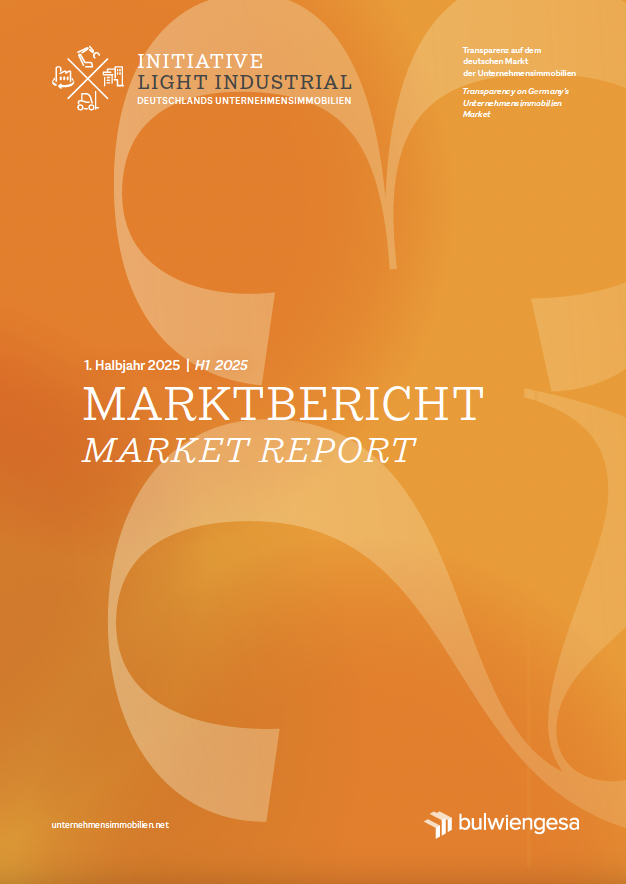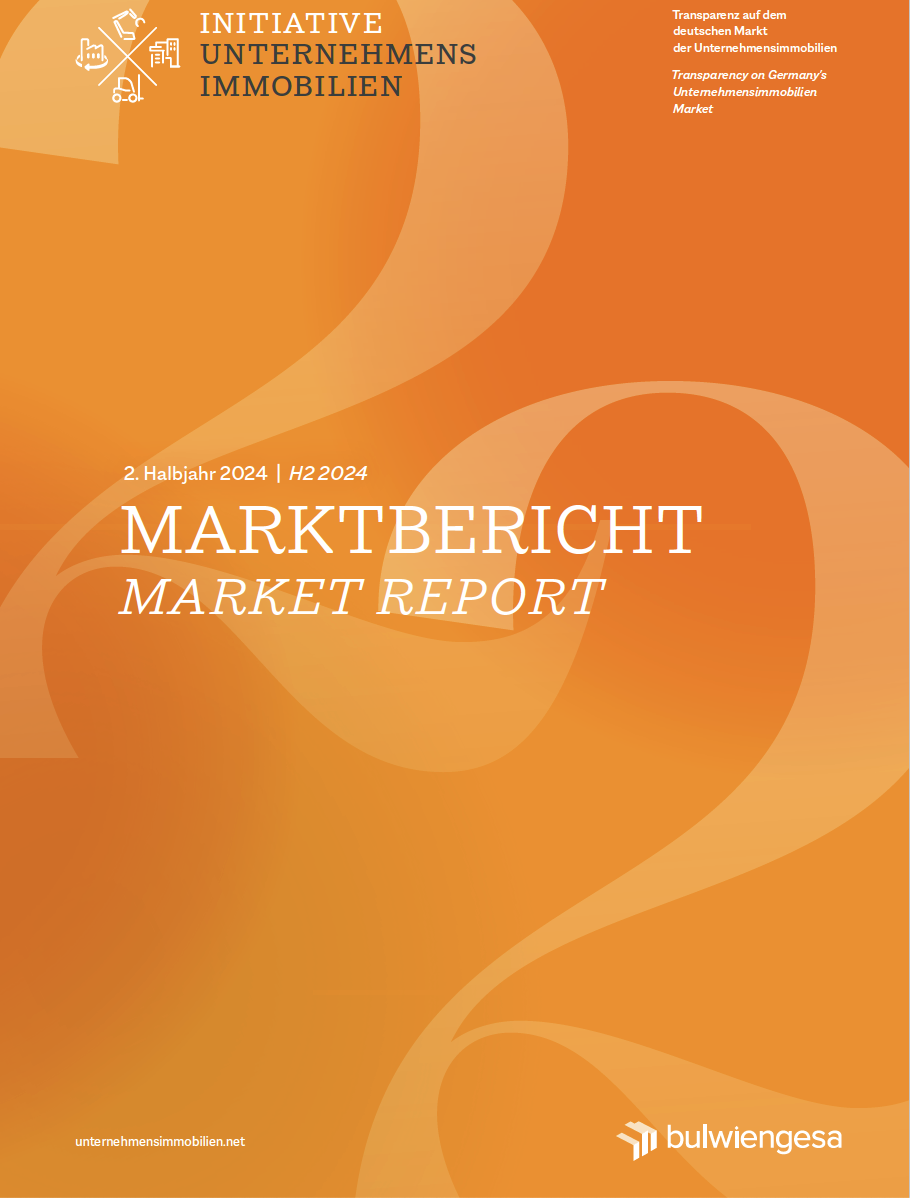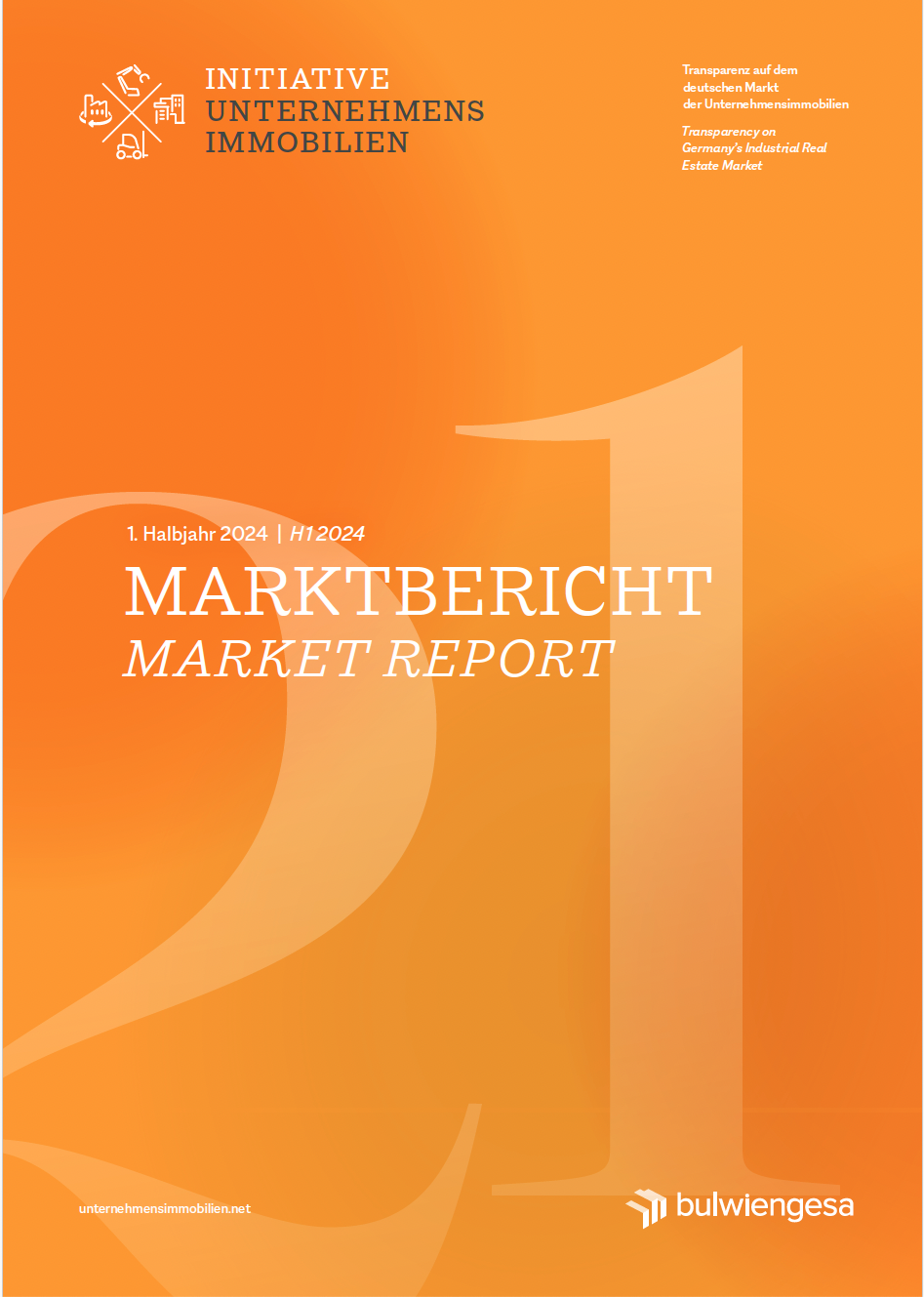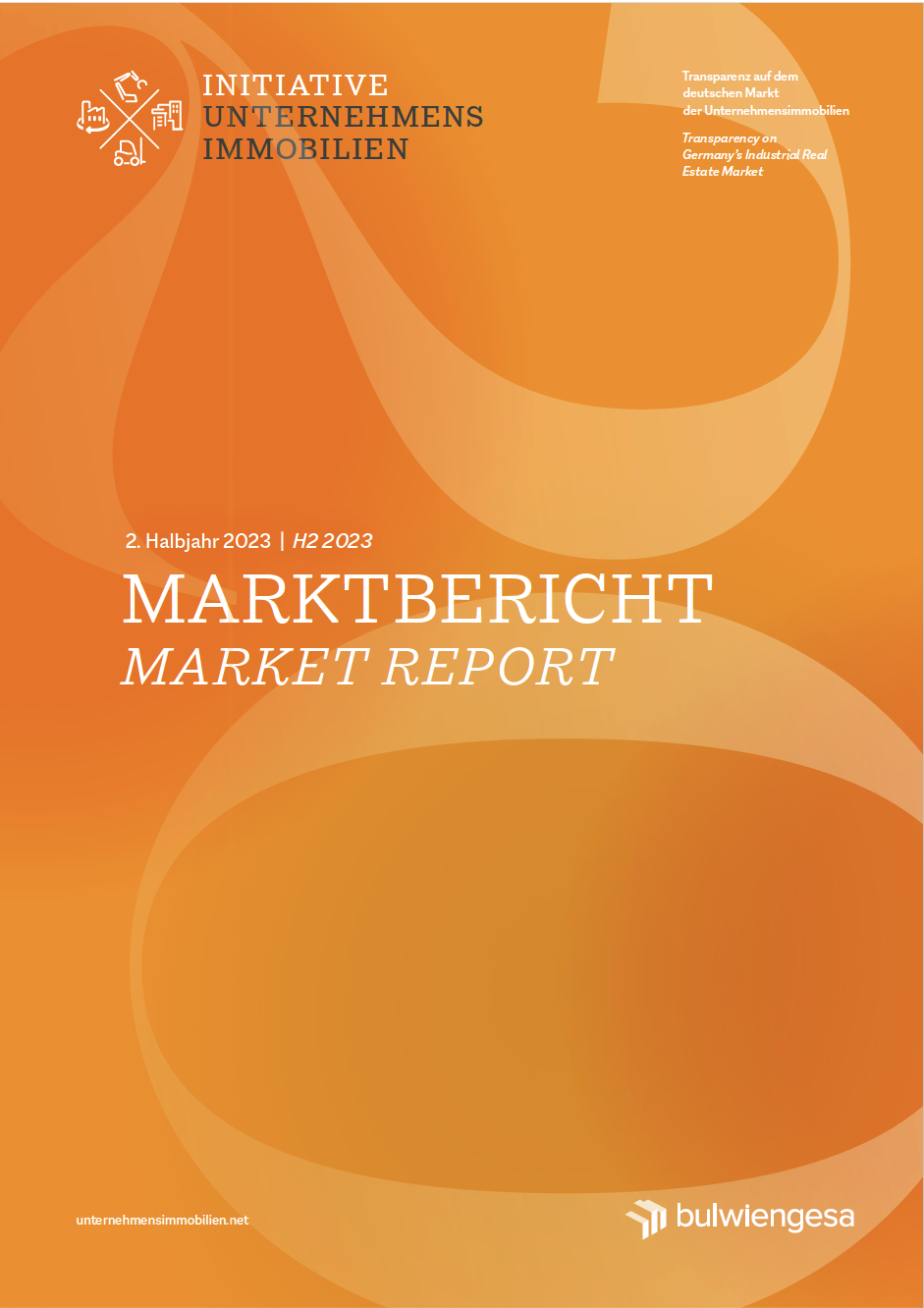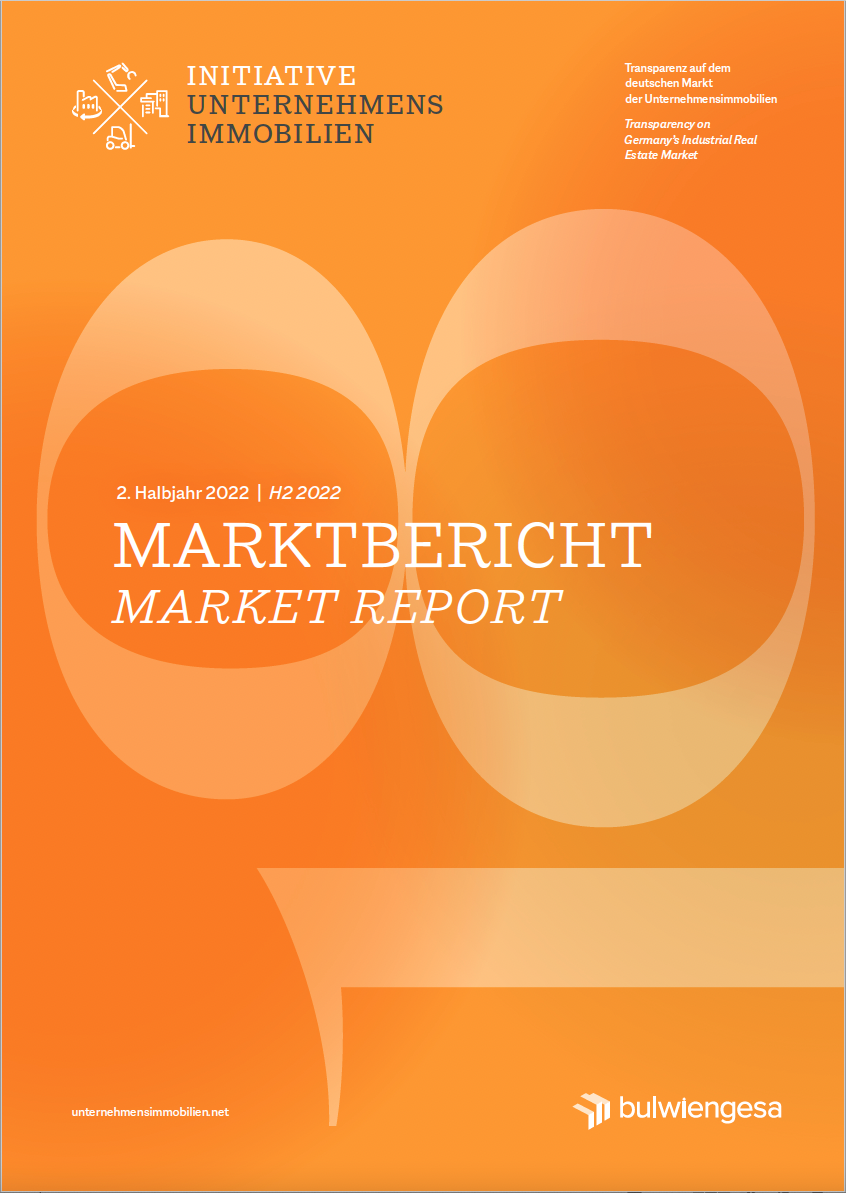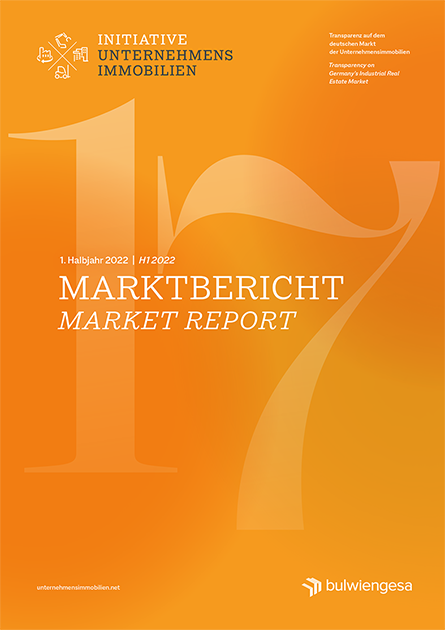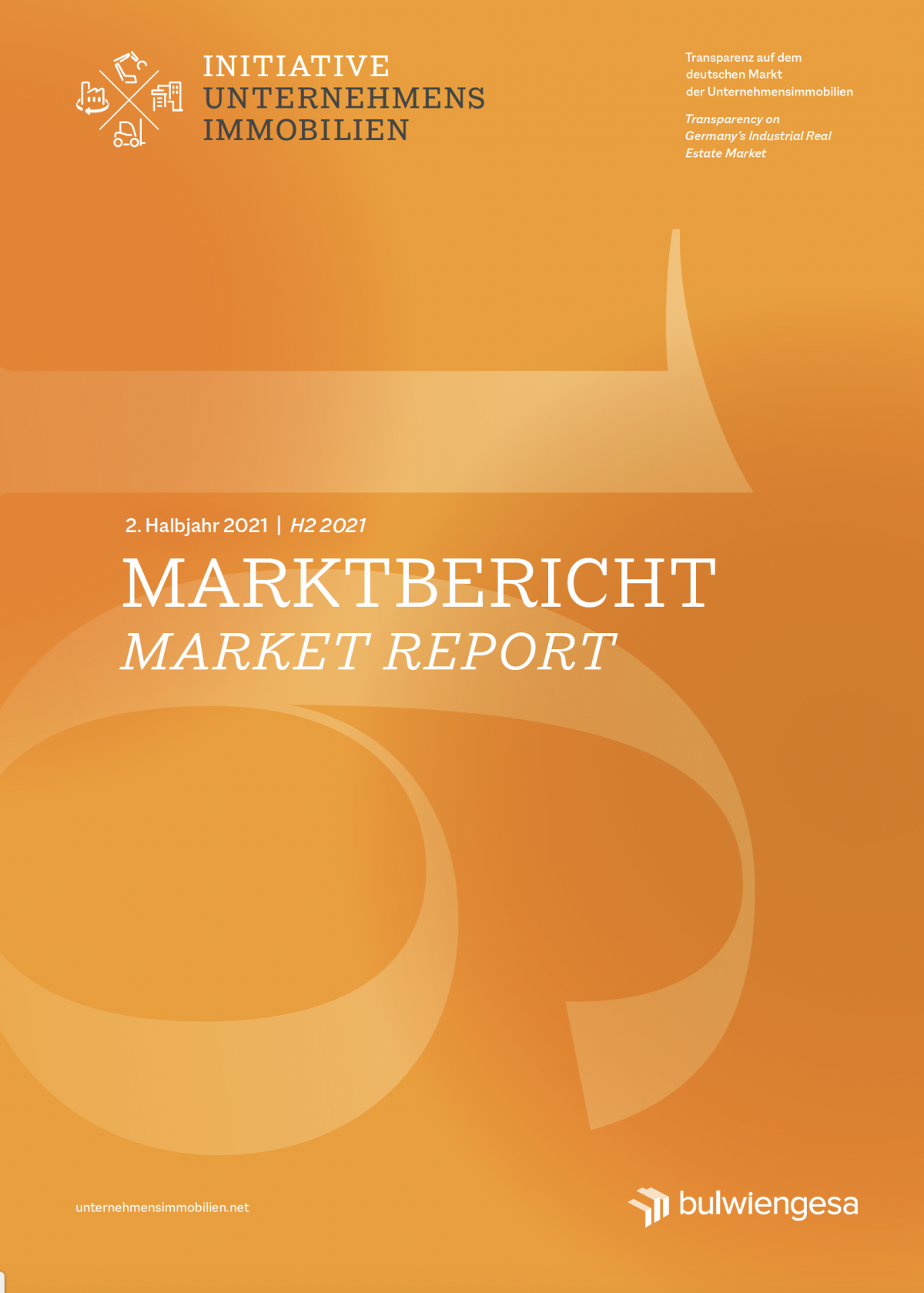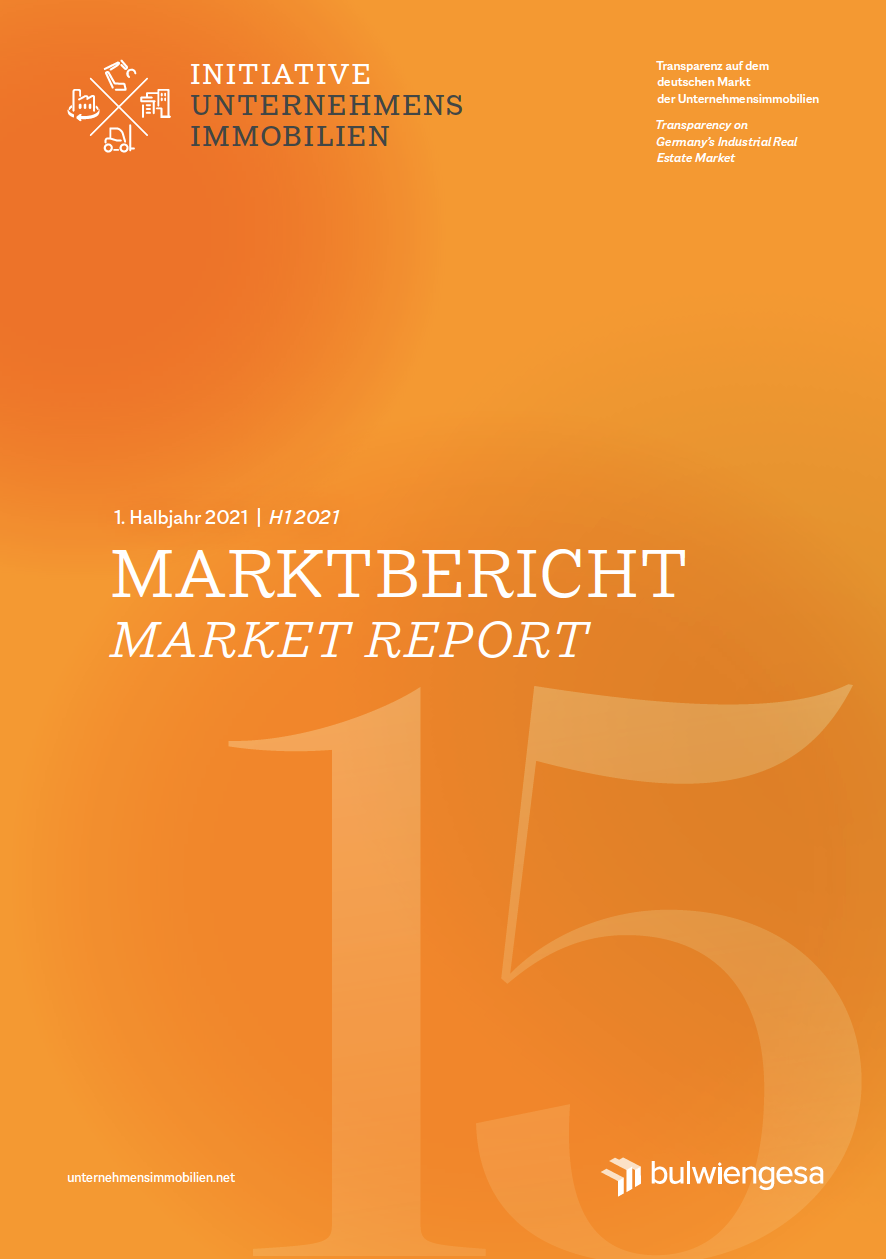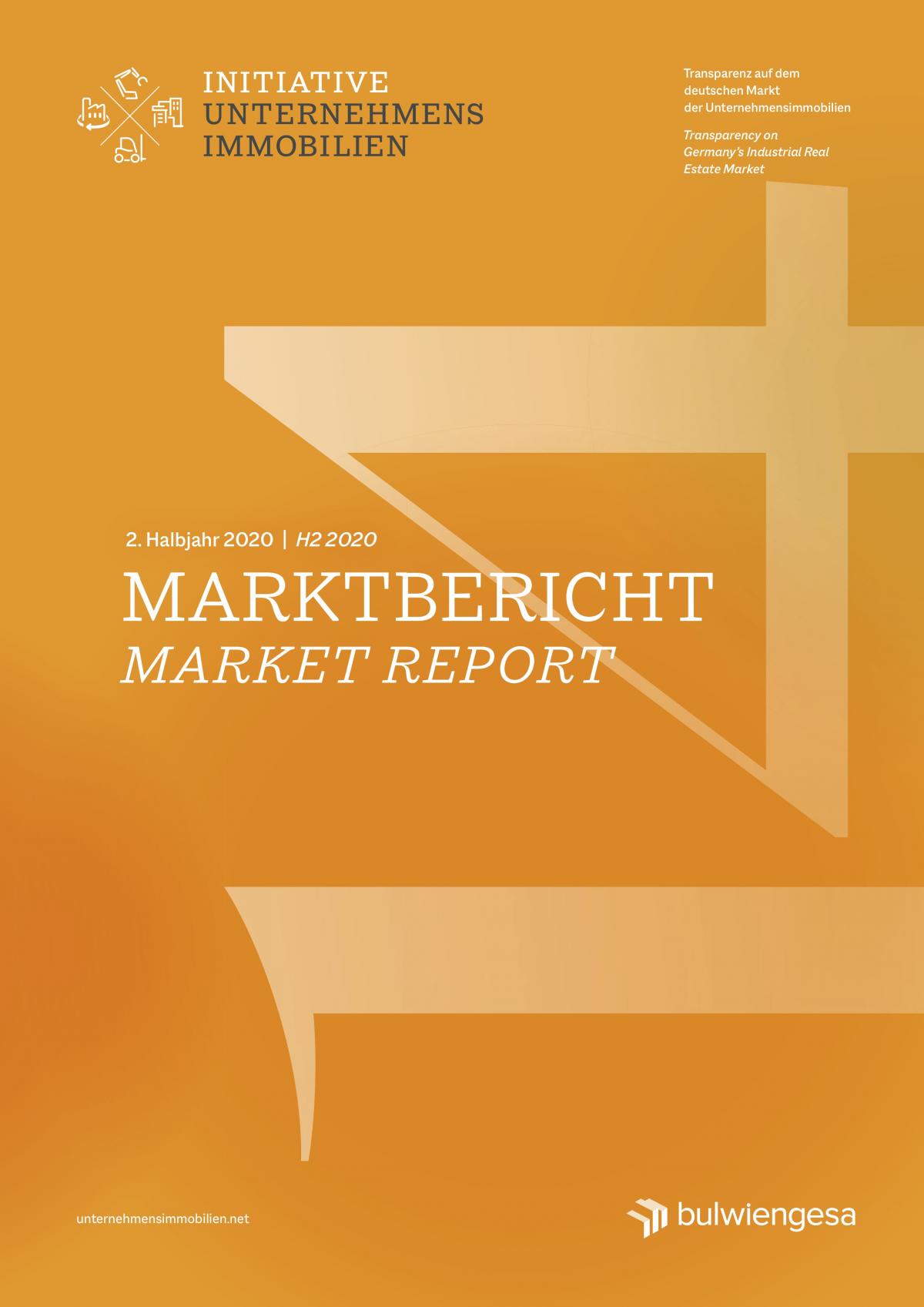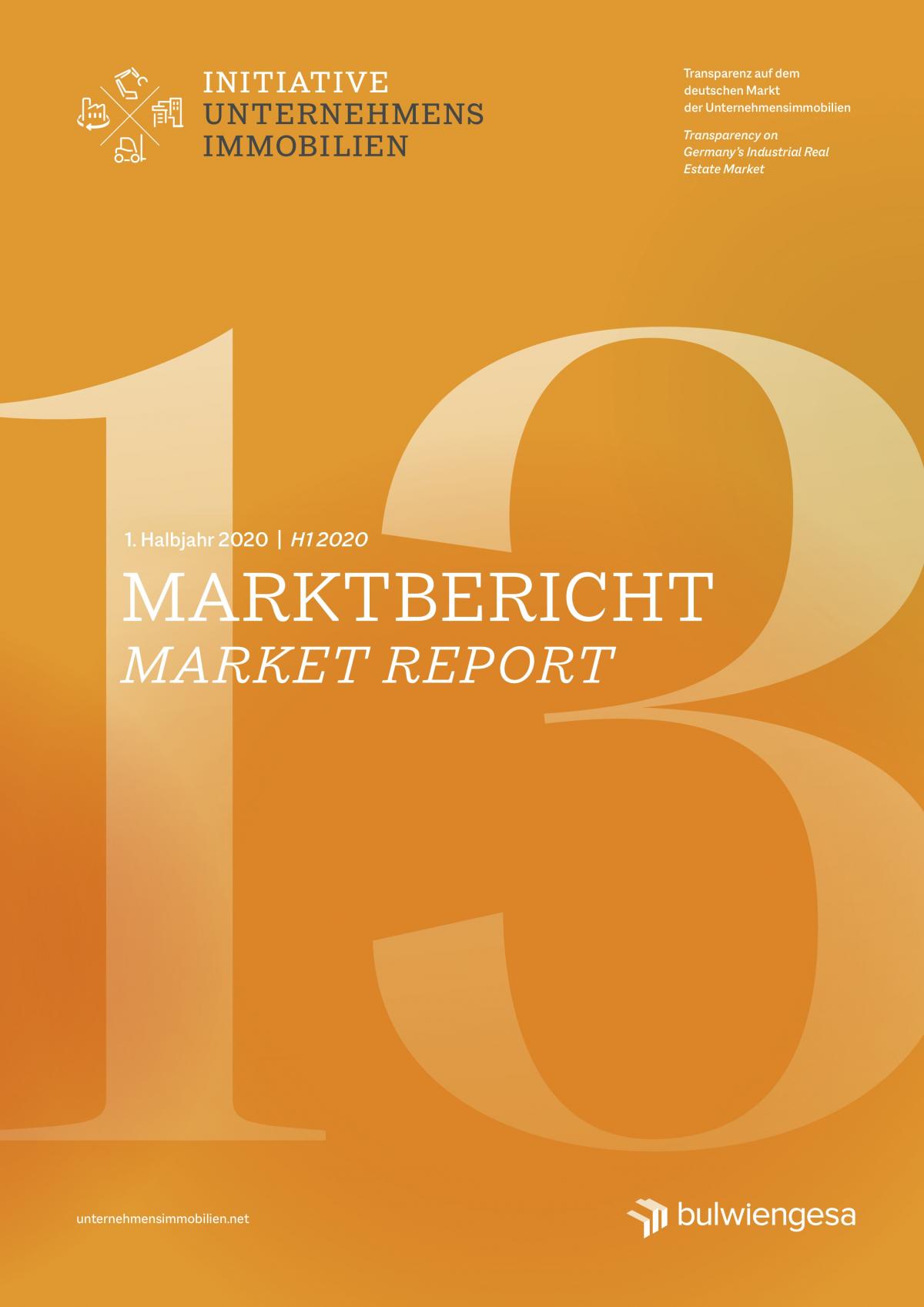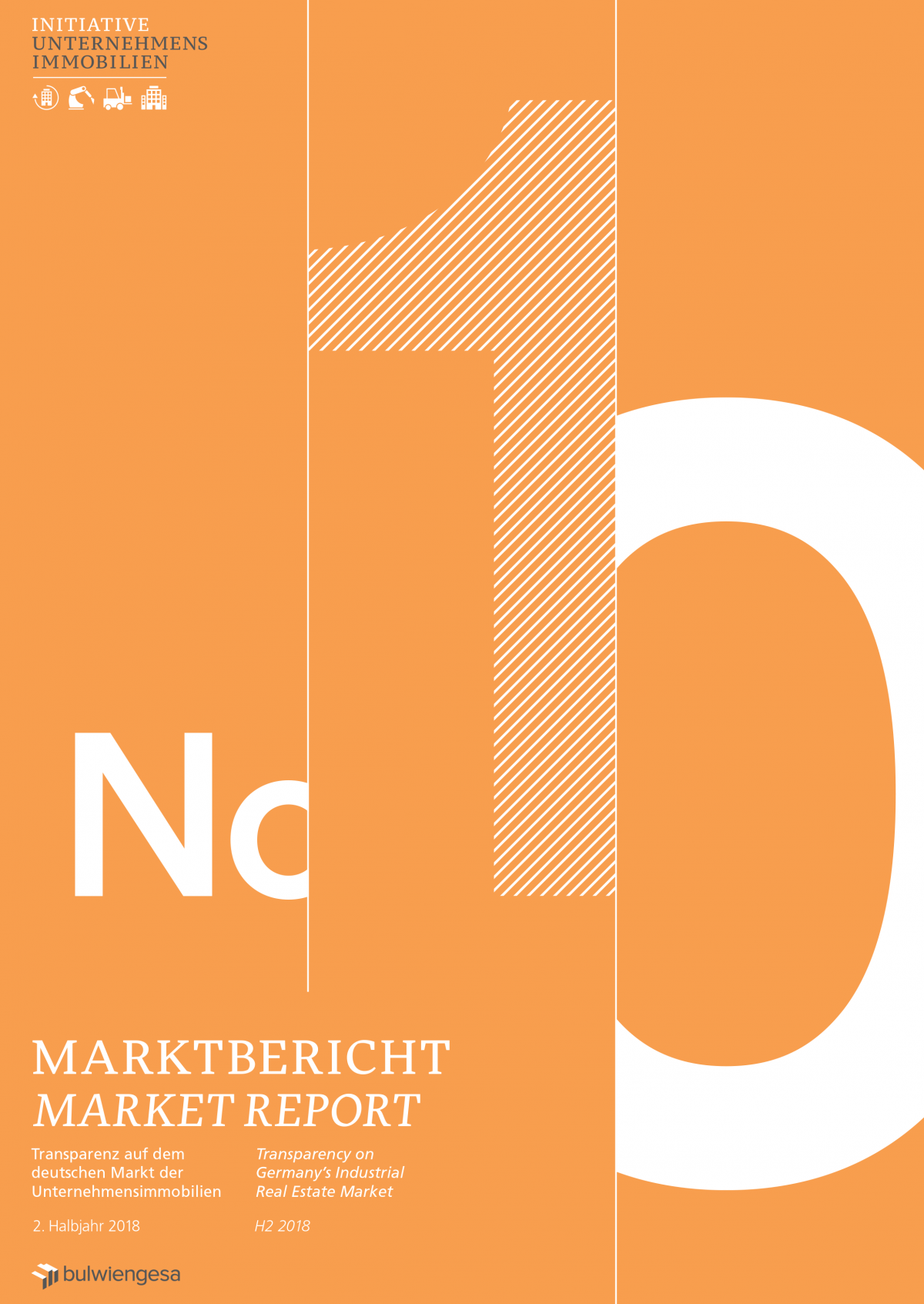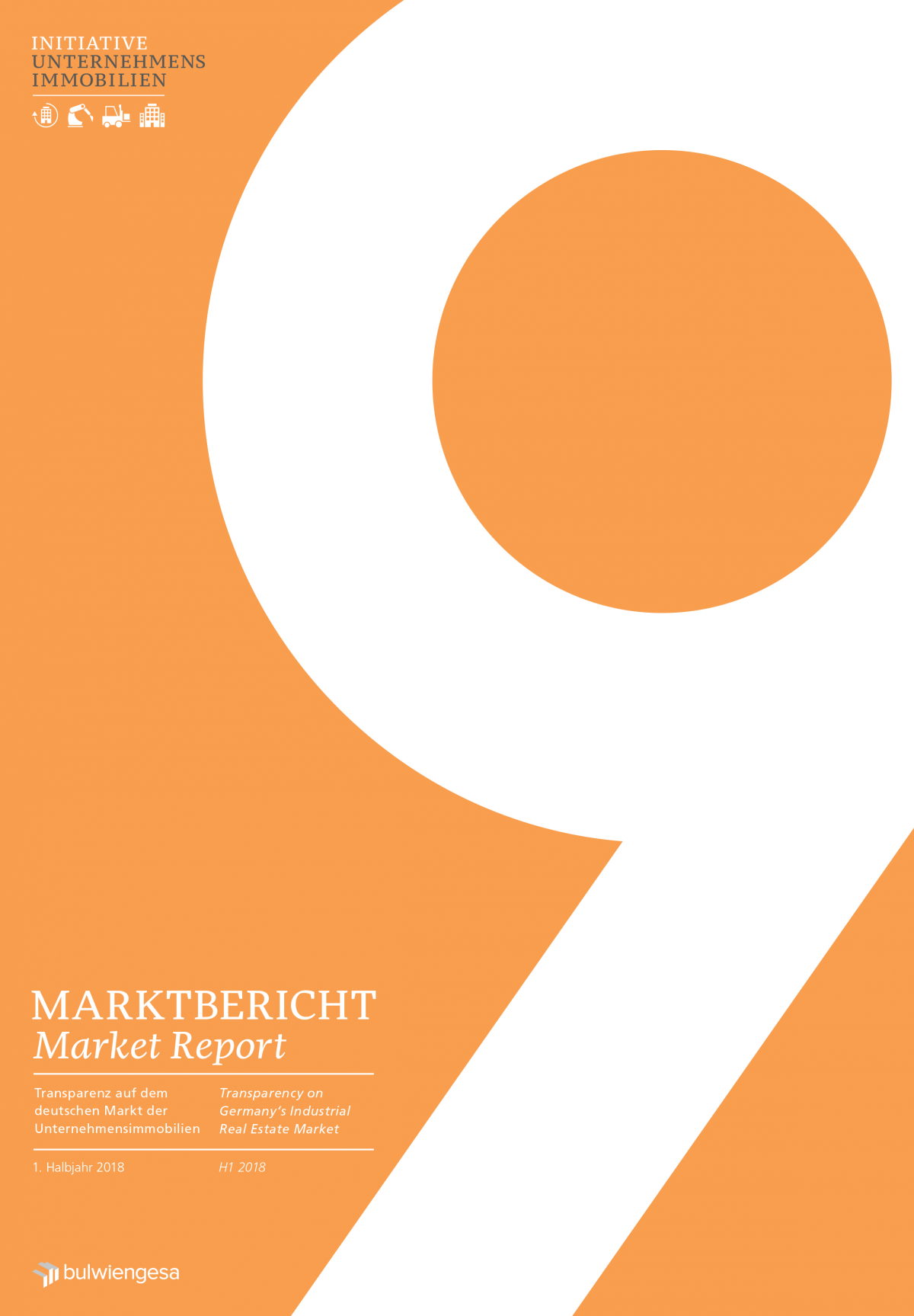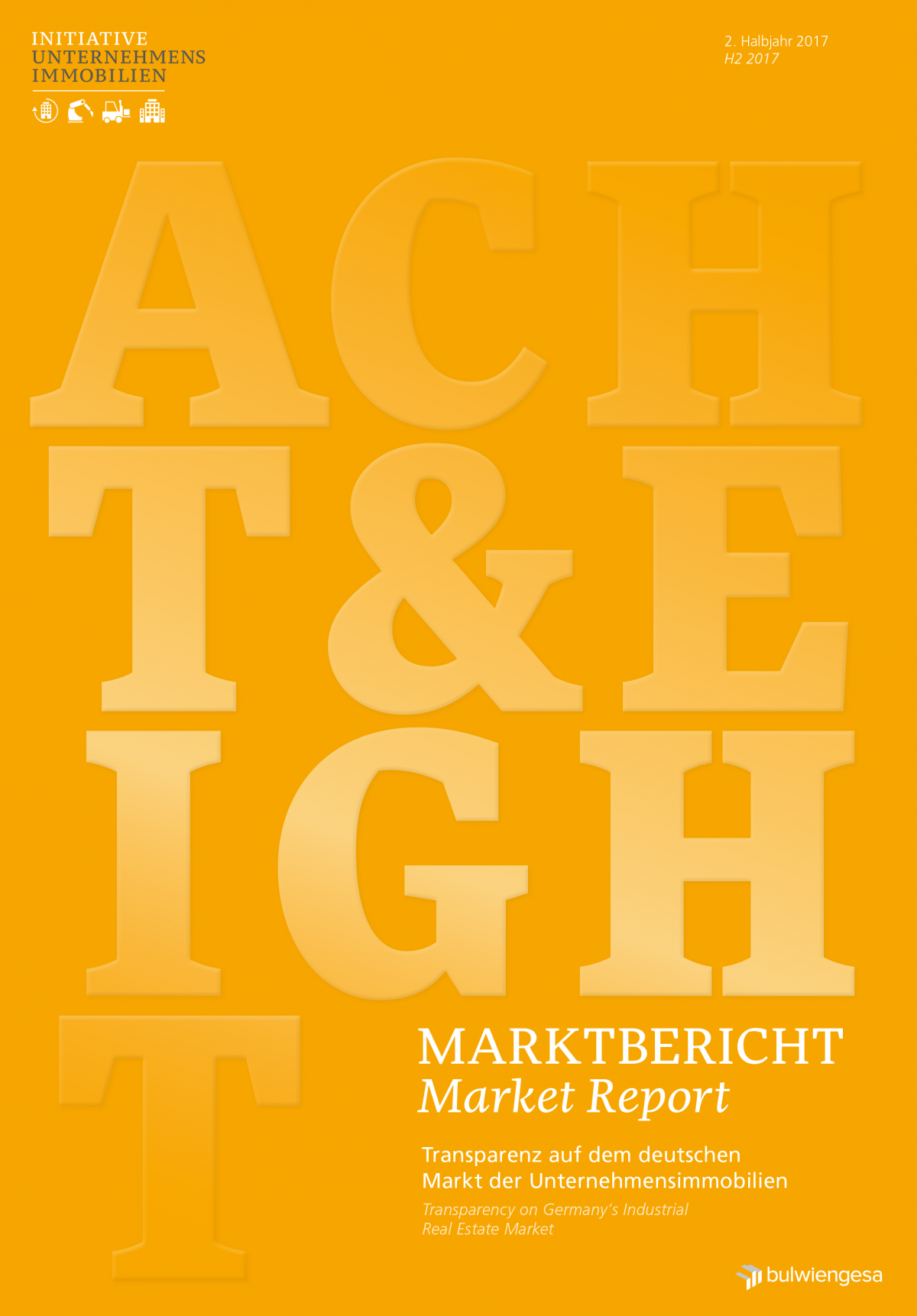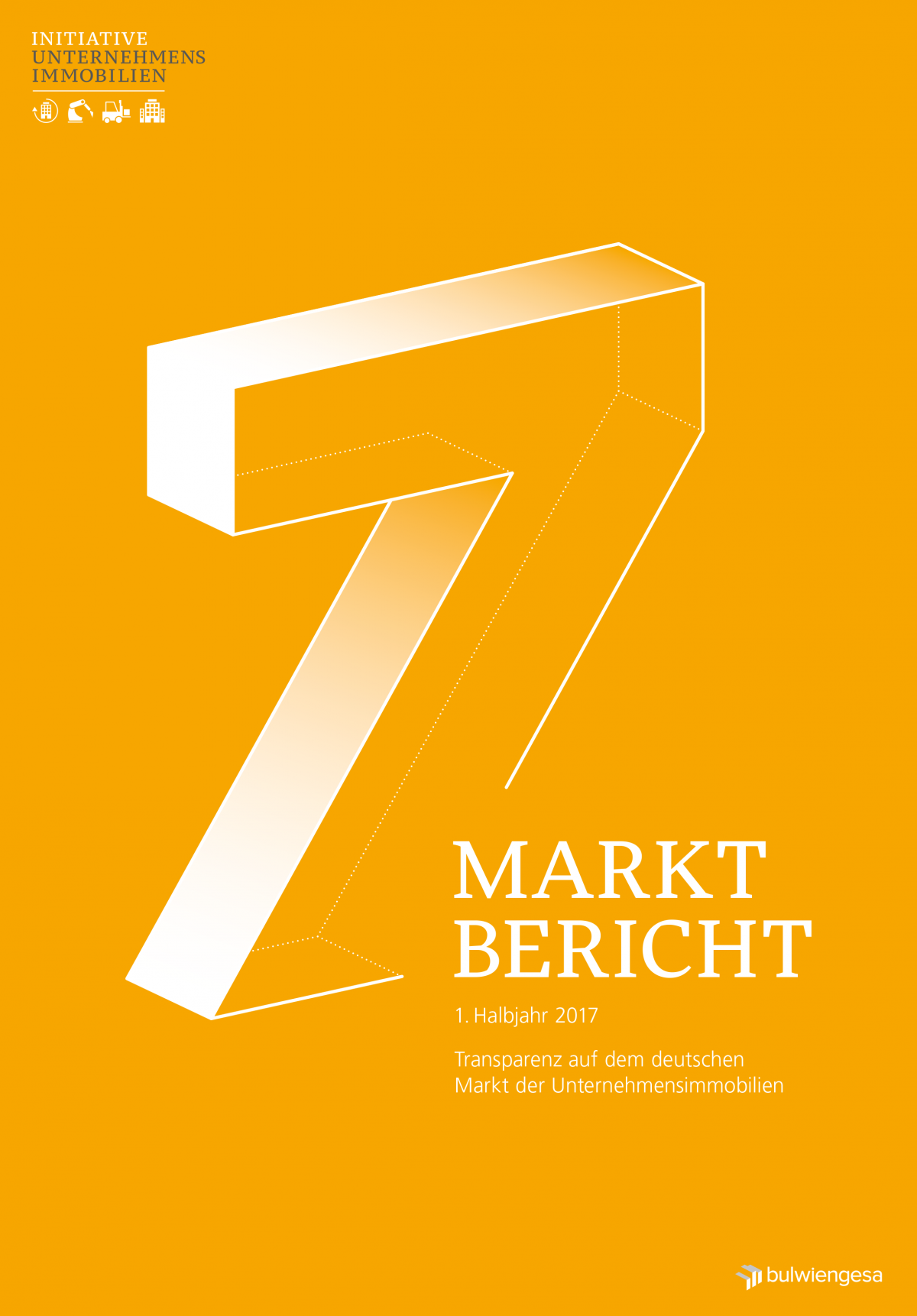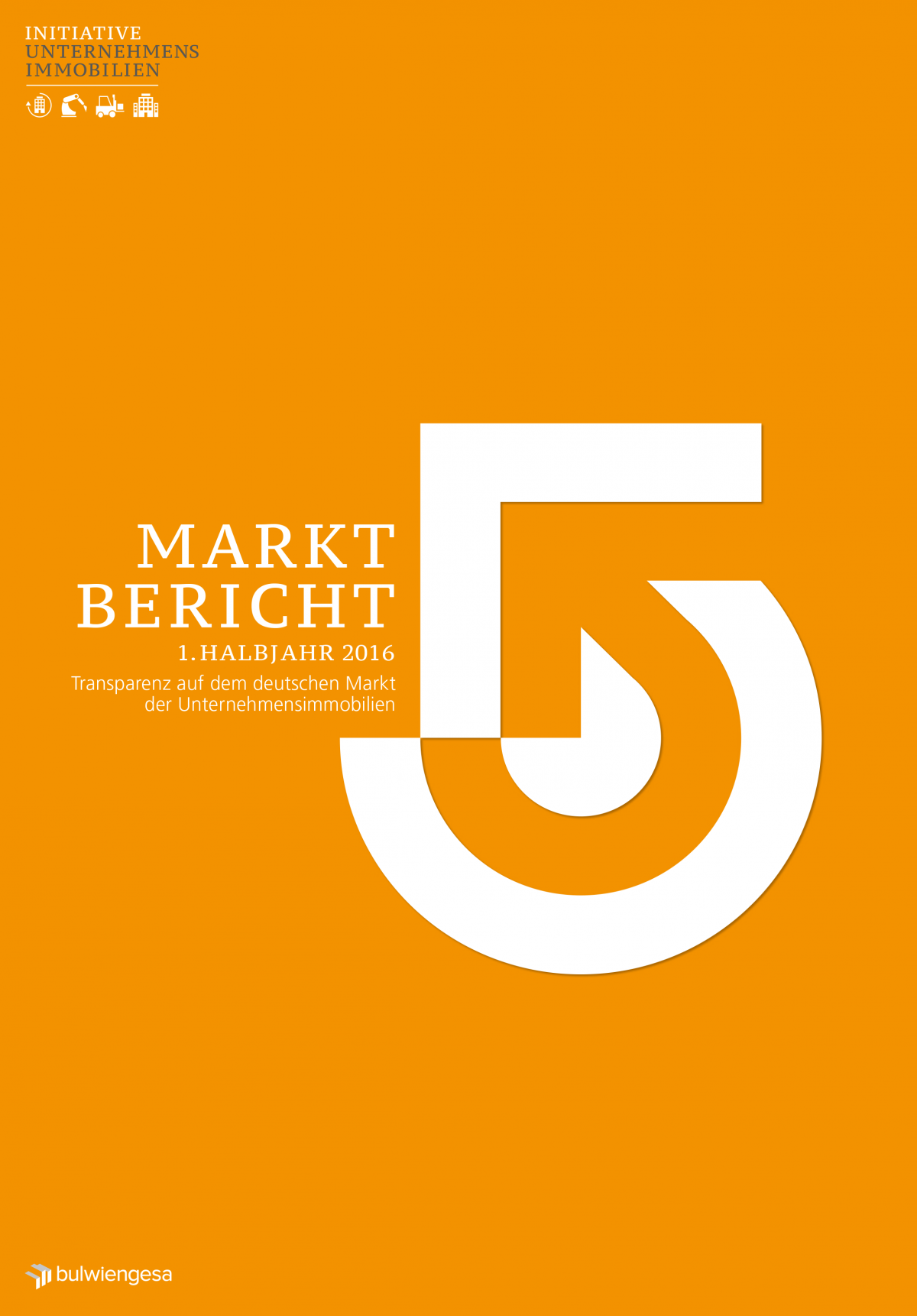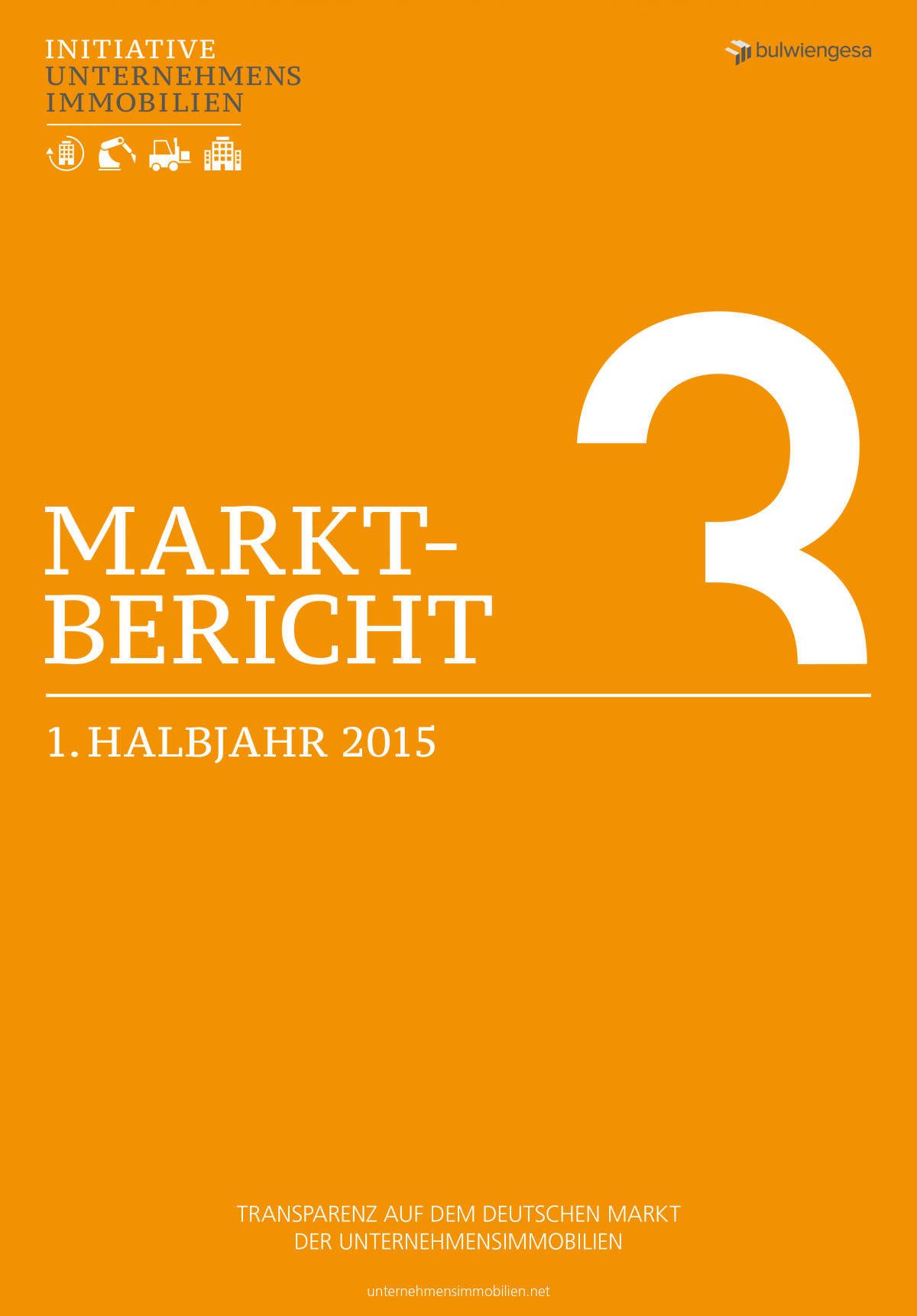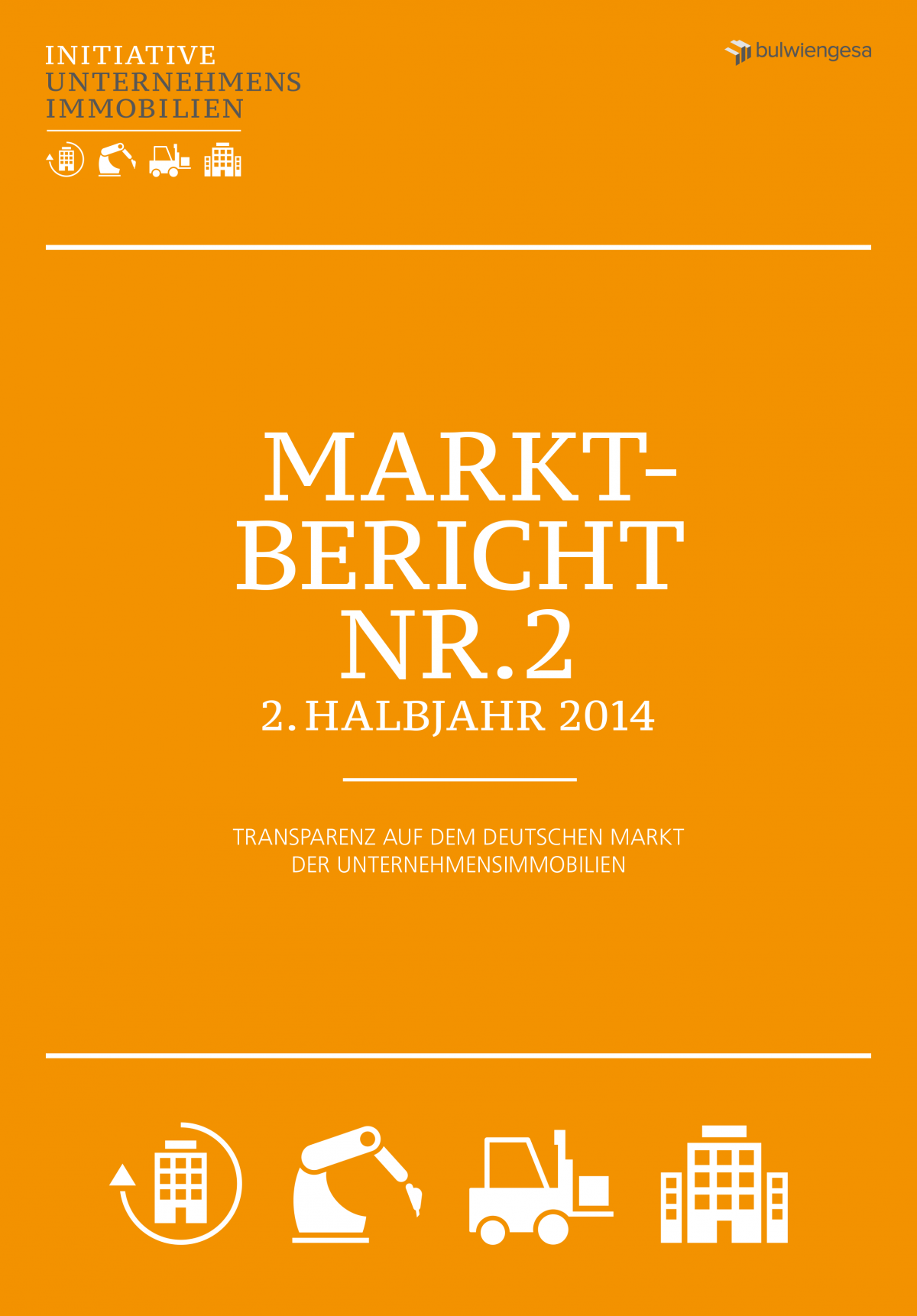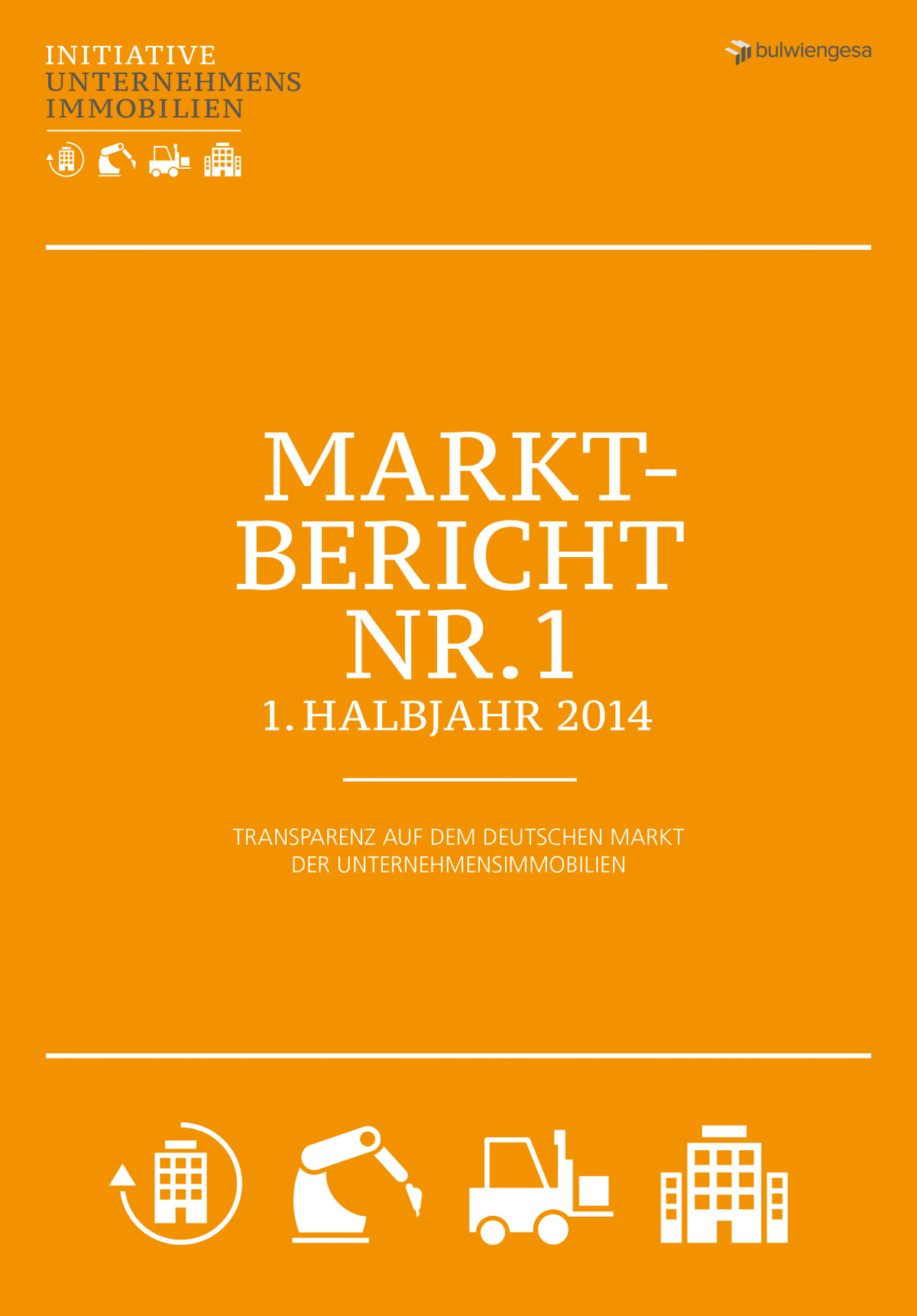Take-up with good result in the first half of the year
The restrained investment activity of the previous year continued in the first half of 2024. Even after key interest rates were lowered again slightly for the first time in the first half of the year, buyers and sellers are still in the discovery phase, although price adjustments were more moderate in the current year. The sluggish economy in Germany, which
has also hit the industry hard, is also making investors cautious.
With take-up of 1.74 million sqm in the first half of the year, Unternehmensimmobilien got off to a strong start in 2024. The high take-up performance of light manufacturing properties in particular ensured the best half-year result since 2019. Lettings accounted for around 42 % of take-up, which corresponds to the previous year’s share and is therefore also at the same proportionate level as in previous years.


